Minutes before service at Hapag starts, we stand by the bar that separates the kitchen from the dining area watching chef and co-owner Kevin Navoa prepare a dish called laing stones. The dining area starts to fill up; evening chatter takes over the noises coming off the stove and the knives and the words exchanged between Navoa and co-owners Thirdy Dolatre and Kevin Villarica.
The relative quiet of the kitchen is calculated concentration: Navoa carefully placing dark blobs of squid ink-covered laing inside a pot of herbs and stones, Dolatre hunching over a laptop, and Villarica explaining the tasting menu to a group of diners. It’s a common setup that has the earmarks of a self-respecting restaurant—an open kitchen; clean, minimalist design; carefully plated food; and a sense that the people behind the kitchen would rather not be doing anything other than what they were currently doing. And the people sitting on the other side, with napkins on their laps and despite the phones hovering over the plates, knew this, too.

Or at least that’s an assumption anyone would make upon entering the 24-seat concept. It’s been over six months, and it still isn’t easy to secure a reservation at Hapag. The three owners tell me they’ve had to turn down a couple reservations as well as the brave few who have ignored (or believed?) social media hype and walked in hoping for a free table.
Hapag is one of Manila’s younger homegrown concepts whose food is a straightforward reflection of its owners’ philosophy—the food being “authentic Filipino food but cleaned up” and the underlying philosophy being the elevation of Philippine cuisine. An obvious precedent is Jordy Navarra’s Toyo Eatery, whose takes on traditional Filipino food have been read by diners and critics alike as attempts at “elevating” the shapeless, sauce-heavy dishes of our childhoods.
Villarica was particularly concerned about this empty uniformity. One of his laments goes: Kare-kare, for all its complexity flavor-wise, was too often reduced to a mass of dark orange sauce that had nothing going on for it in terms of texture. The messiness of it, too, was an issue.
“We deconstructed it, pinaganda, and at the same time we made it easier to eat. ‘Yung hindi ka na kukuha sa pot tapos maghihimay. The sauce is mixed into the oxtail flakes and in the rice, so when you take a bite, all the flavors are there already,” says Villarica.
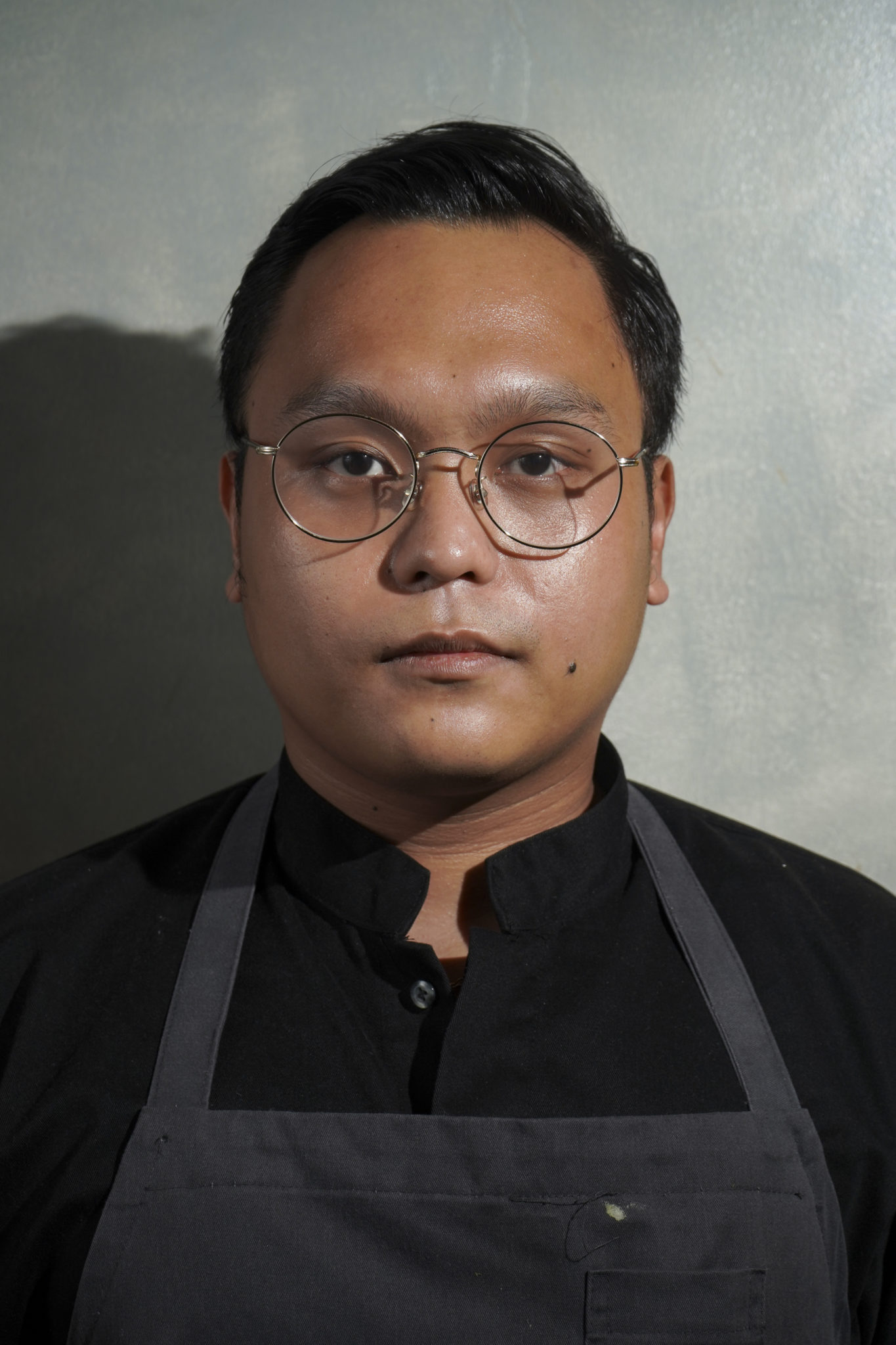

It’s on-the-nose to acknowledge these connections, but the fact that they existed at all says a lot about the kind of place this restaurant is. There’s an obvious concern about quality, sure, but that’s only a byproduct of the three chefs’ commitment to getting a certain message across.
“What we want to do is to let people eat in a setting where they will respect the food,” says Navoa. Filipino cuisine is great as it is, and if you treat it with the respect it deserves, and, this is the tricky part, even allow for a bit of experimentation, then this is what it can be.“Food, obviously, is not only for eating,” wrote the late Doreen Fernandez in her essay “Culture Ingested: Notes on the Indigenization of Philippine Food.”
The search for a national culinary identity
Hapag and the few other Filipino restaurants who are in the business of trying to say something about Filipino cuisine (though I’m sure this isn’t exactly how these chefs would describe what they’re doing) are susceptible to sensationalism—to being called the next great Filipino restaurant, its owners the poster boys of modern Filipino cuisine—and understandably so. There’s comfort in labels, especially if those labels can serve partly as answers to what seems to be the most frequently asked question about our food: What is Filipino cuisine?
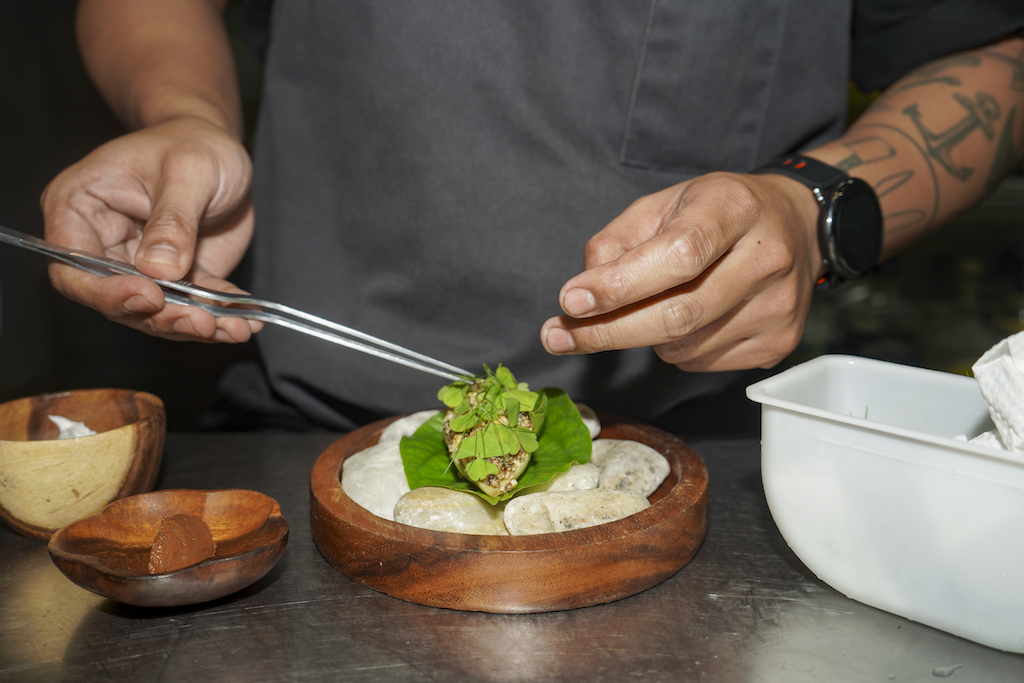
Our search for a singular, definite culinary identity has often hinged on virality, on how many people around the world have tasted adobo or sinigang, or on how many branches of Jollibee have opened overseas—in other words, our cuisine’s capacity for trending. In 2017 alone, owing to the marked increase in international popularity of restaurants such as Bad Saint and certain dishes such as sisig, Filipino food has been predicted to be the “next big thing” by various publications, critics, and food writers.
Meanwhile, a group of Filipino-American chefs and restaurateurs that have spread the good word of Filipino food abroad (themselves susceptible to the same kind of yellow journalism) have taken a less sensationalist stance and said that they don’t want Filipino food to be the next big thing.
In our 2018 interview, restaurateur Johneric Concordia, co-owner of Los Angeles-based The Park’s Finest, said: “Trends die. We’re not here to be a trend… when someone writes and says you’re the next thing, there’s another writer that’s about to tell you that it’s passing. And that’s not what we’re about.”
Neither camp is wrong—there’s certainly some danger to being a trend yet the importance of virality, of the scope and volume of people outside the country recognizing and enjoying Filipino food, is undeniable. How can two contradictory statements, although each to a certain degree and in possibly different contexts, hold?
If we hope to understand Filipino food better, it seems that the more productive questions to ask are: What influences are Filipino chefs absorbing now? What new technology have restaurants adjusted to?
To my mind these simultaneous truths can exist in this particular description of food by Fernandez: “…food, the most popular form of popular culture, created by the mass in their daily activity…”
Never mind the unsettled debates about whether or not food can be art or if a certain restaurant is relaying a specific message—there’s little room to doubt the idea that food is as ubiquitous as culture can get, and so how widespread a certain cuisine is should tell you something important about that cuisine.
But because of things like intent and substance and history—standards and nuance, basically—it’s also possible for popularity to tell you nothing at all other than communicate the said popularity. And isn’t this what trends are, popular profit-makers characteristically lacking in history, their insubstantiality going unnoticed until after you’ve spent money on them?
Talking about whether or not Filipino food is the next big thing is just as aimless and circuitous as asking if Hapag is the next great or emblematic Filipino restaurant. Because in this approach, there’s hardly any consideration, hardly any talk, about what is “being created in their daily activity.”
Perhaps we’ve been asking the wrong questions about Filipino food since getting to the bottom of labels and what makes a trend (and what isn’t a trend) has, if anything, led us farther from a better understanding of food. Talking about whether or not Filipino food is the next big thing is just as aimless and circuitous as asking if Hapag is the next great or emblematic Filipino restaurant. Because in this approach, there’s hardly any consideration, hardly any talk, about what is “being created in their daily activity.”
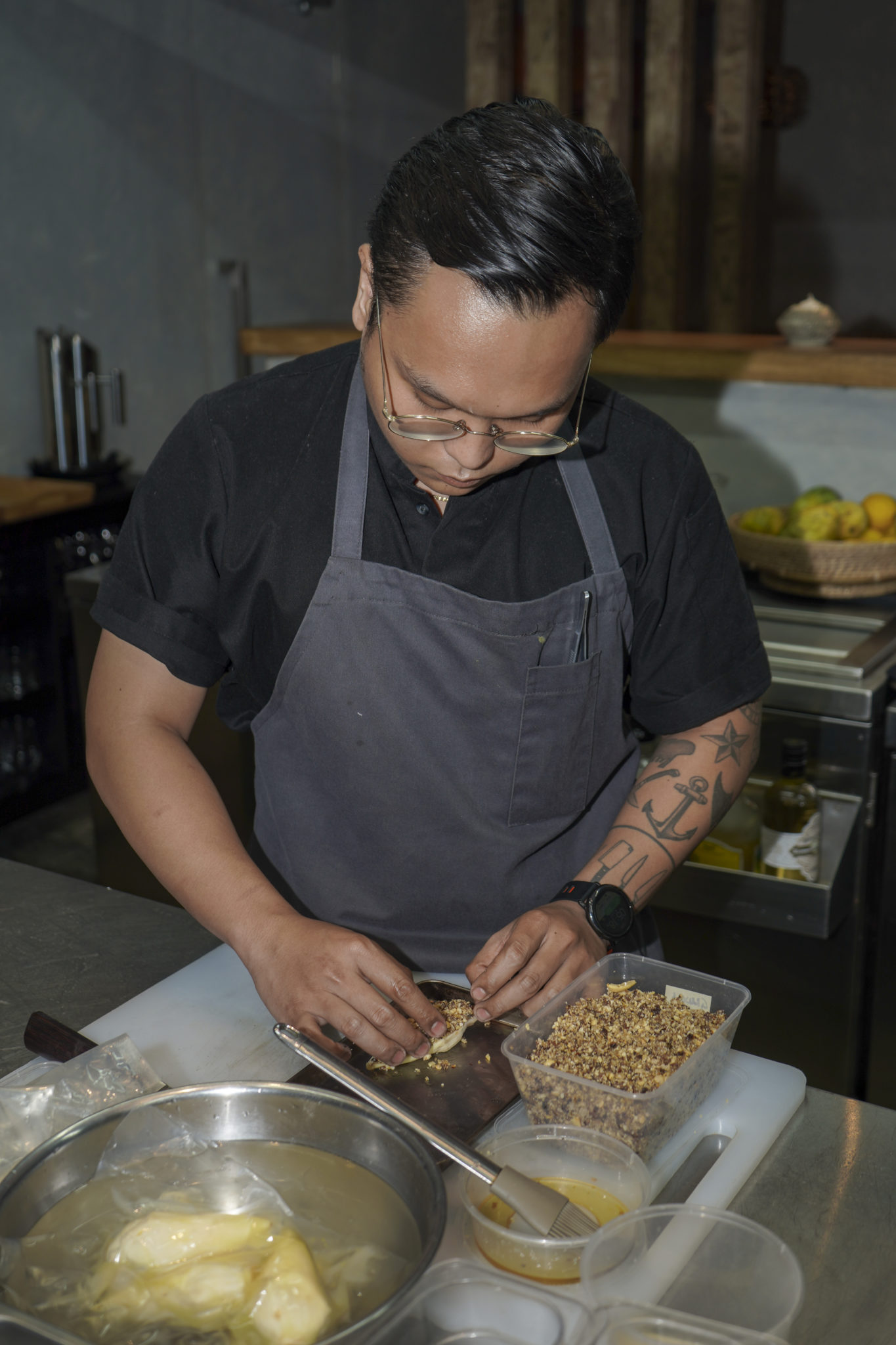
Fernandez, again, said: “In spite of his daily participation in its preparation and consumption, the Filipino is hard put to say just what Philippine food is. In his home and restaurant menus are dishes with vernacular names… all companionably co-existing. The reason for the confusion is that Philippine cuisine, dynamic as any live and growing phase of culture, has changed through history, absorbing influences, indigenizing, adjusting to new technology, and thus evolving.”
The great writer didn’t believe in having a single, definitive culinary identity; she was much more interested in cuisine as an active, malleable thing, shaped by history and technology. To consider food this way is to identify and respect what makes a cuisine, and as is the case for almost all national cuisines, the whats are usually made up of influences borne out of either innovation or adaptation.
If we hope to understand Filipino food better, it seems that the more productive questions to ask are: What influences are Filipino chefs absorbing now? What new technology have restaurants adjusted to?
This is what young chefs are cooking now
A few years ago, Dolatre was working in Benu, the Corey Lee-helmed, three Michelin-starred restaurant in San Francisco known for “Asian-inspired New American” cuisine. The establishment offers a set tasting menu that draws from a lot of different cuisines, serving dishes like thousand-year-old quail’s egg with potage and ginger, and homemade tofu with pumpkin juice and black truffle.
“[Benu] is open to the influence of all different kinds of cultures. We have Asian influences, of course. We have Western influences. We have influences that are technique-driven. Some are flavor-driven. Some are ingredient-driven. But it accepts all those things and it defines the kind of food we serve,” explains Lee.
Dolatre had been especially inspired by all this—the tasting menu, the myriad influences, perhaps even the sleek, minimalist design of the restaurant. So he talked to two of his friends he had known since grade school and pitched an idea: “Why don’t we do something like this pero Filipino?”
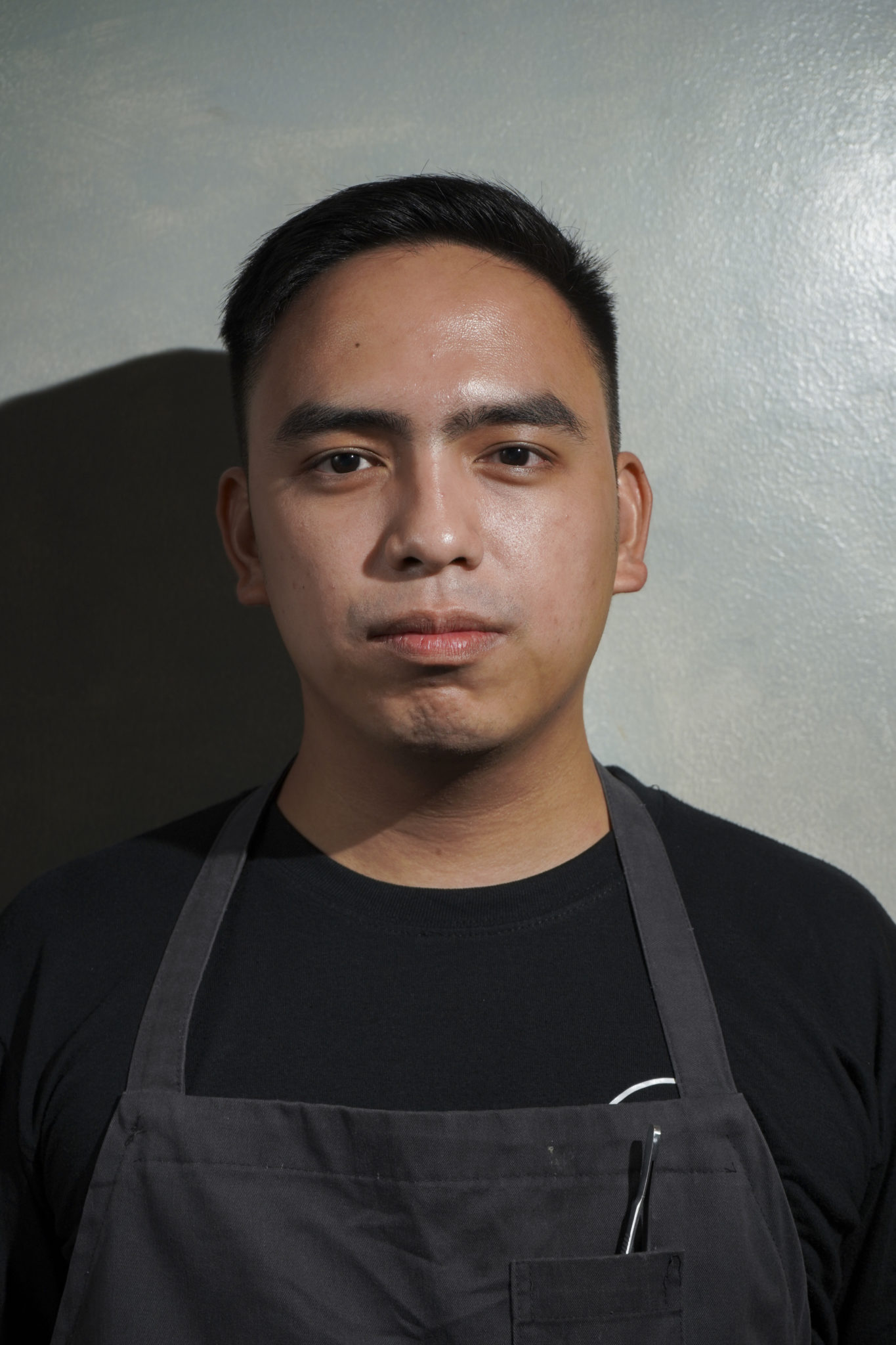
And so it happened that in late 2017, Dolatre, Navoa, and Villarica started holding private dinners for entrepreneurs. This stint had been especially successful, which then led to more dinners, and eventually inquiries about whether or not the trio had a brick and mortar. They didn’t, at the time. But early this year the three chefs started making some big changes.
Hidden along Katipunan exit stands the commissary-slash-restaurant Hapag where the three co-owners’ distinct yet complementary cooking styles and ideas come together in an eight-course tasting menu, which includes dishes like banana heart granola (slow-cooked banana heart with whipped cream and pinipig and raisin granola, and oyster bonete (bonete buns stuffed with fresh oysters and adobo aioli)
Each course is a collaborative effort, reflective of what each chef likes to cook and eat, which are then sometimes refined through and further influenced by friendly cooking competitions among the kitchen staff.
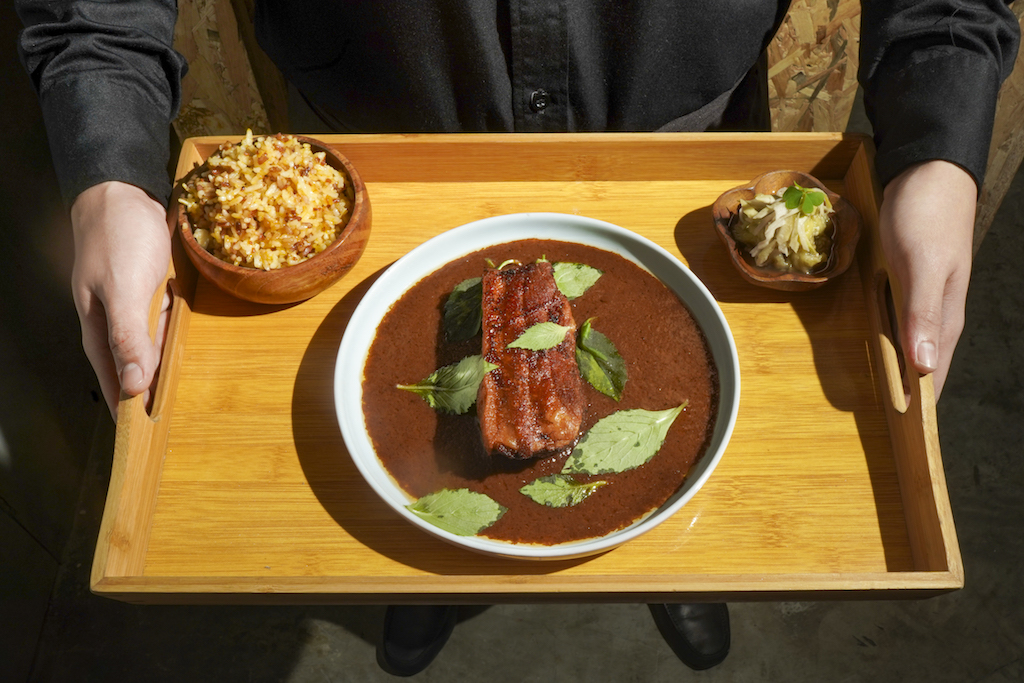
“We also have this thing called project dishes, where each member of the team presents a dish. We all taste it and then critique it. The whole team then has a chance to show their creativity. From there, ang dami na naming nasasama sa menu,” adds Dolatre.
Navoa, a graduate of The KDU University College Kuala Lumpur who has spent years working in restaurants in Malaysia, is especially partial to plant-based, herb-heavy food, thus the edible pots of plants at Hapag. “I believe one day magiging king ng food industry is vegetables because they’re very sustainable.” Villarica, whose specialty is Indian cuisine and who has opened restaurants with Minor Food Group in Singapore, is considered by both his co-owners as possessing the best understanding of flavor.
This is exemplified by what is [arguably] the restaurant’s best dish: litson binagoongan, a slab of slow-cooked pork belly resting on spoonfuls of coconut bagoong sauce and served with pickled mango and eggplant, and some garlic multigrain rice. The sauce is exceptional—dark and rich but not overpowering, the flavor of coconut milk lending just the right amount of sweetness, the bagoong giving off a kind of fishiness that’s not easy to hate.
In a way, this dish is classic, old-fashioned Filipino (many of the courses are inspired by what Villarica’s mom and lola would cook at home)—there’s meat and vegetables and rice, a staple combination you see in households and now in private dining restaurants, carefully plated in observance of both aesthetic and practicality.
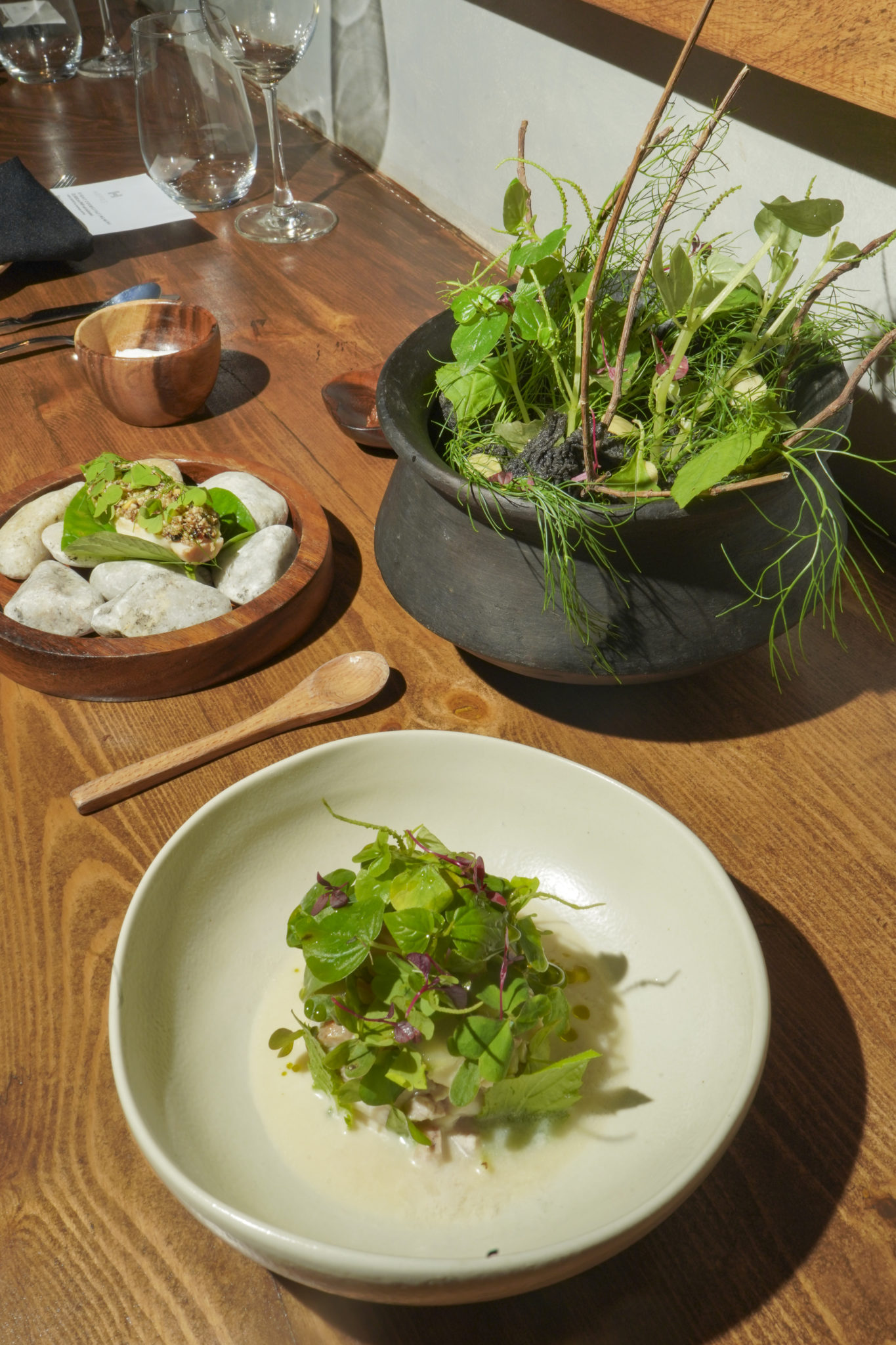
This is what young Filipino chefs are cooking now. This is, although maybe unconsciously, their answer to the question, what is Filipino food? It’s an answer that’s not conclusive or entirely original (originality was never the point), but it’s an approach marked by respect for Filipino cuisine as well as an understanding of that cuisine’s malleability, its “impurity.”
Again, the writings of Fernandez offer clarity: “The process of borrowing went on in innumerable Philippine households through many years. It was a conscious and yet unconscious cultural reaction, in that borrowers knew that they were cooking foreign dishes while making necessary adaptations, but were not aware that they were transforming the dish and making it their own.”
The process of indigenization was in large part the reason why we have the food that we have now—why, in the first place, young chefs like Dolatre, Navoa, and Villarica have traditional food like kare-kare and bistek Tagalog to elevate.
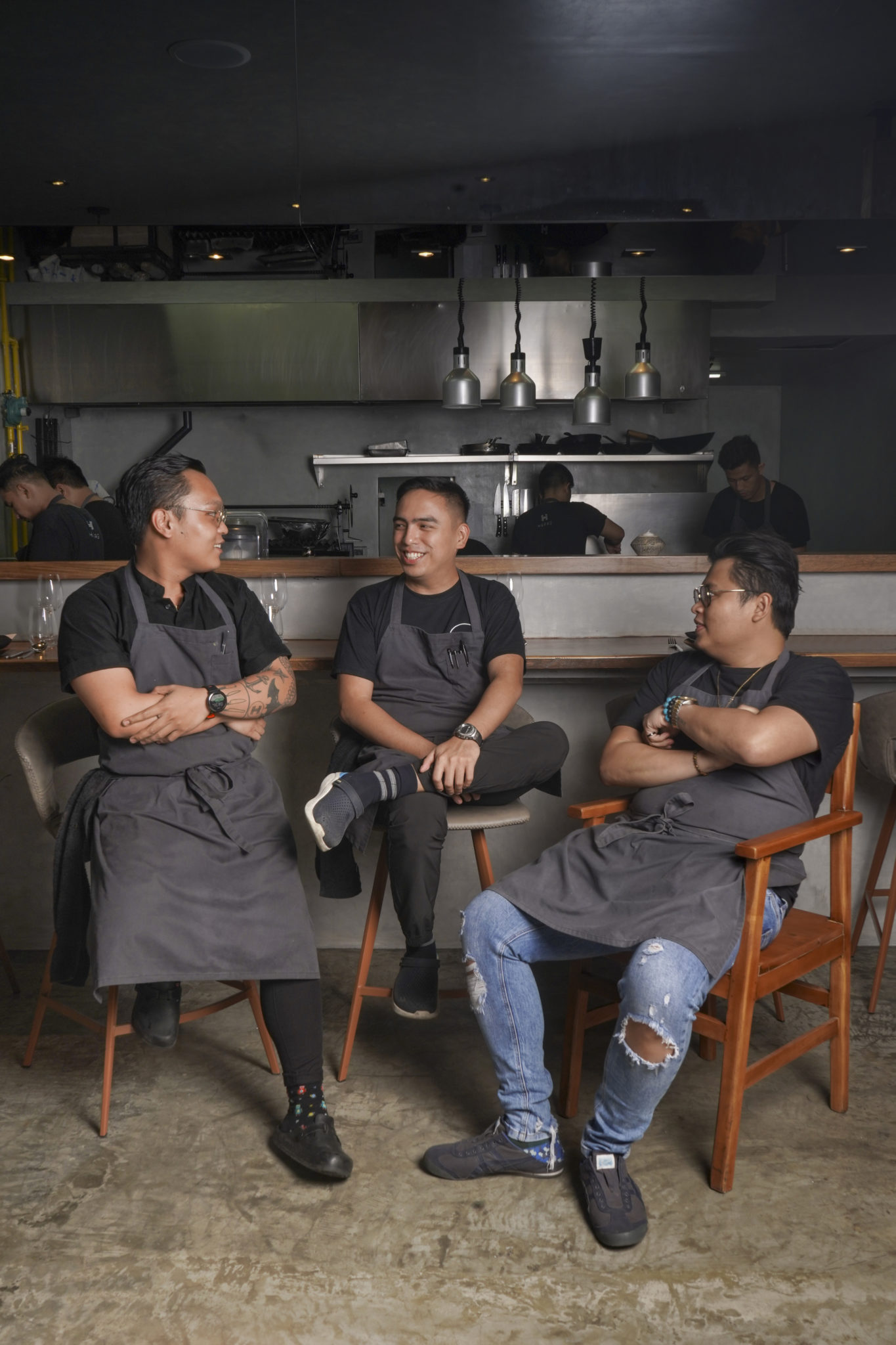
And by elevating tradition, the chefs of Hapag, among a few others, rather than presenting new answers are working with existing ones while making necessary adaptations. Is this the step that comes after indigenization? Are we entering a new era of Filipino dining?





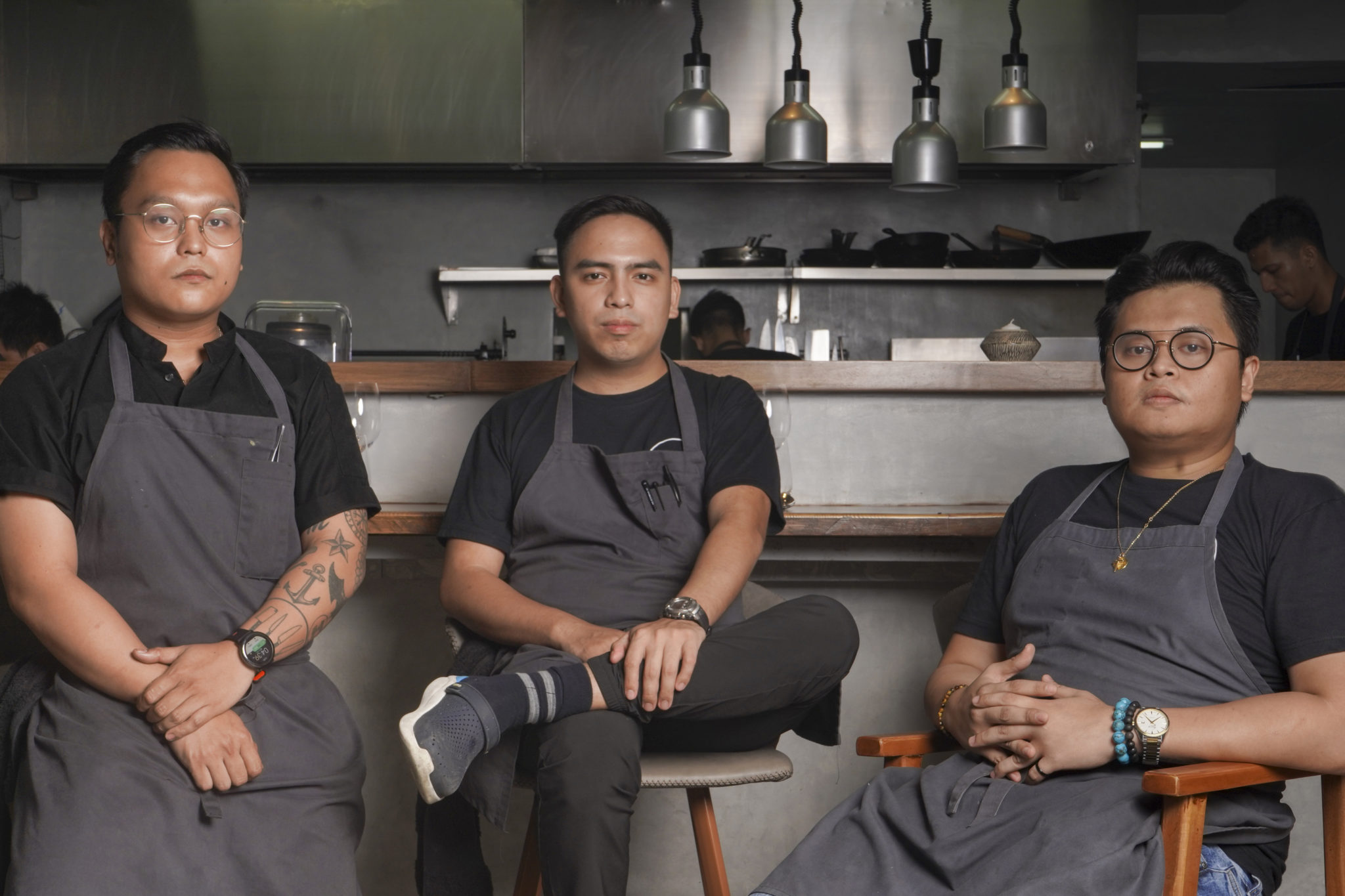
Whr exact location
Would love to visit the restau
Hi Monina, Hapag is located at 201 Katipunan Avenue, Quezon City